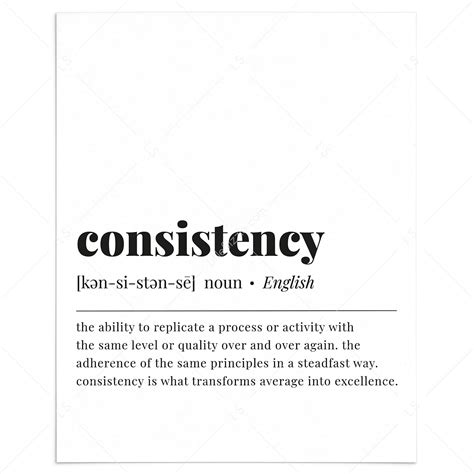Building lean muscle mass isn’t just about lifting heavy weights; it’s a strategic process that combines effective strength training with smart nutrition and adequate recovery. Whether you’re a beginner or looking to break through a plateau, understanding the core principles of efficient muscle building is crucial for achieving sustainable results.
The Foundation: Progressive Overload
At the heart of lean muscle growth is the principle of progressive overload. This means continually challenging your muscles by gradually increasing the demands placed upon them over time. Without progressively increasing the stimulus, your muscles have no reason to adapt and grow stronger or larger. This can be achieved in several ways: increasing the weight lifted, performing more repetitions or sets, reducing rest times, or improving exercise technique to recruit more muscle fibers. Consistency in tracking your workouts is vital to ensure you are indeed progressing.

Mastering Form and Exercise Selection
Before chasing heavy loads, prioritize perfect form. Improper technique not only increases the risk of injury but also reduces the effectiveness of the exercise by failing to adequately target the intended muscles. Focus on controlled movements, a full range of motion, and feeling the muscle work.
When it comes to exercise selection, compound movements should form the cornerstone of your routine. Exercises like squats, deadlifts, bench presses, overhead presses, and rows engage multiple muscle groups simultaneously, allowing you to lift heavier weights and stimulate greater overall muscle growth. Supplement these with isolation exercises (e.g., bicep curls, tricep extensions) to target specific muscles and address imbalances, but always with a focus on form.

Structuring Your Workouts for Growth
For efficient lean muscle gain, aim for 3-5 strength training sessions per week, allowing adequate rest between muscle groups. A common strategy is to hit each major muscle group 2-3 times per week. For rep ranges, the sweet spot for hypertrophy (muscle growth) is typically 6-12 repetitions per set, performed for 3-5 sets. Ensure you’re training close to failure on your working sets, meaning the last few reps are challenging but maintainable with good form.
Varying your routine periodically can prevent adaptation plateaus. This doesn’t mean changing everything every week, but perhaps every 4-8 weeks, adjust exercises, rep schemes, or training splits to keep your muscles guessing and continuously responding.
The Crucial Role of Nutrition and Recovery
Your efforts in the gym will be wasted without proper fuel and rest. Nutrition is paramount for muscle repair and growth. Aim for a slight caloric surplus, meaning you consume slightly more calories than you burn, to provide the energy needed for muscle synthesis. Prioritize protein intake, targeting 1.6-2.2 grams of protein per kilogram of body weight daily, distributed across meals. Protein provides the amino acids essential for muscle repair and growth.

Don’t neglect carbohydrates and healthy fats. Carbs fuel your workouts and replenish glycogen stores, while fats are crucial for hormone production and overall health. Hydration is also key; muscle tissue is largely water, and dehydration impairs performance and recovery.
Recovery is where muscles actually grow. Prioritize 7-9 hours of quality sleep per night. During sleep, your body releases growth hormones and repairs tissues. Incorporate active recovery like light stretching or walking on rest days to improve blood flow and reduce soreness.

Common Pitfalls to Avoid
- Overtraining: More isn’t always better. Listen to your body and schedule rest days.
- Neglecting Warm-ups/Cool-downs: Essential for injury prevention and flexibility.
- Inconsistent Training: Sporadic workouts yield sporadic results.
- Ignoring Nutrition: You can’t out-train a bad diet.
- Lack of Patience: Building muscle is a marathon, not a sprint.
By implementing these strategies consistently and patiently, you’ll be well on your way to efficiently building lean, strong muscle mass through strength training. Remember that individual results may vary, so pay attention to how your body responds and adjust your approach accordingly.





